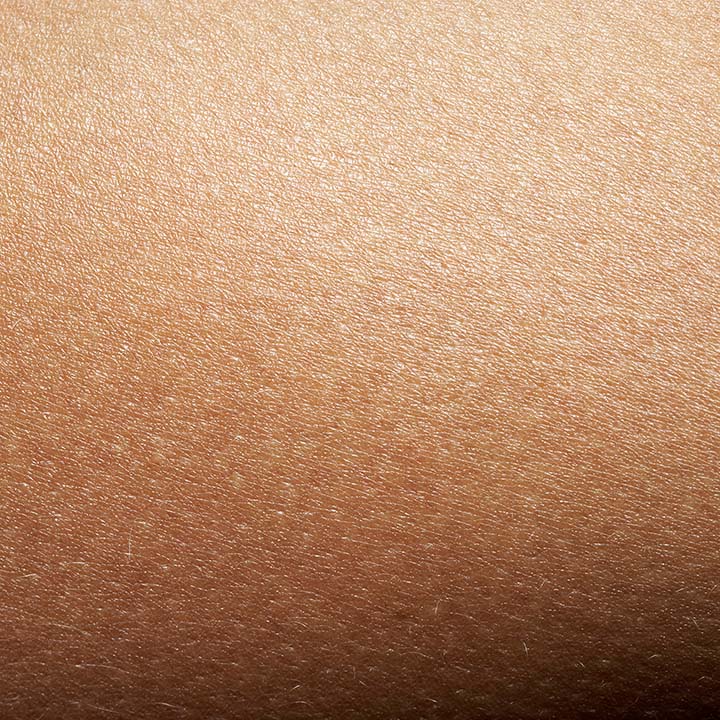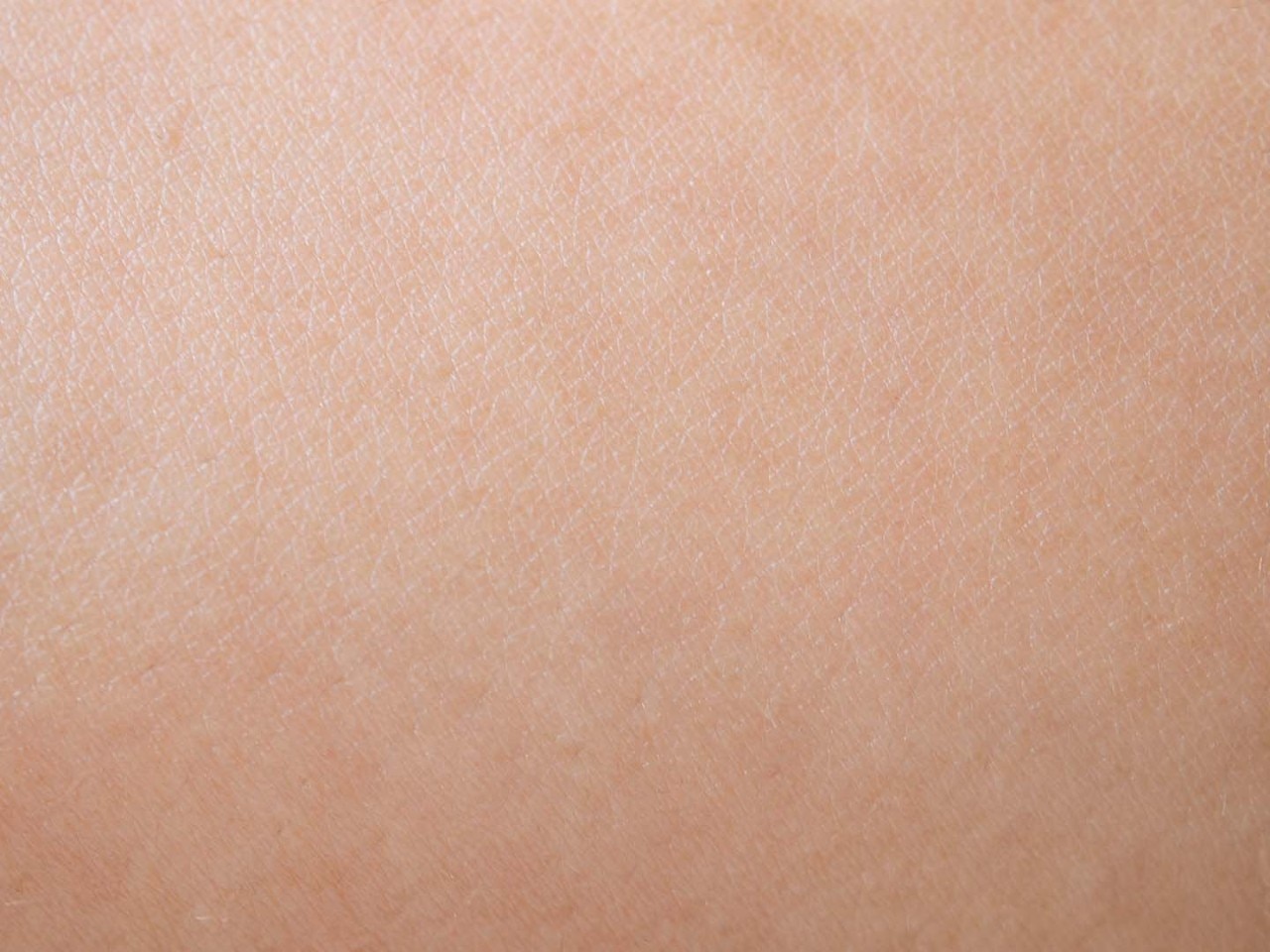Why does this skin imbalance happen?
Your skin is constantly changing due to multiple factors like your environment, lifestyle choices, age and hormones. This also means that the skin on your face may be a different texture or have different problems than the skin on the rest of your body. Skin cells on your face renew at a much quicker rate than the rest of your body, meaning that the skin on your legs or arms may feel dry or scaly due to dead skin cells staying on the surface for longer.
Understanding the skin on your face vs. your body
You have more oil glands in your face that produce sebum, meaning your face may feel much oilier than other parts of your body like your legs. However, as everyone’s skin is different, the opposite may also be true for you – you may have oily skin on your chest and back but suffer from dry skin on your face.
The skin on your face is also prone to ageing faster as it’s always exposed to UV light, so you’ll tend to notice signs of ageing on your face before you spot any changes to your body. However, skin on your body will still age gradually, it’s also equally prone to skin problems like acne and pigmentation.
Causes of an oily face and dry legs
Here are some of the most common causes of having an oily face and dry legs simultaneously:
- Overactive glands in your face creating excess oil.
- Changes in hormone levels affect how much oil your skin produces.
- Harsh weather conditions, for example, very cold air can cause the skin on your legs to dry out even more.
- Central heating and hot showers can strip the natural oils and moisture from your body.
- Washing your face too much or using harsh skincare products can cause your skin to produce more oils to compensate.
- Forgetting to moisturise the skin on the rest of your body or using the wrong products for your skin type.
- Genetics.
How to care for oily skin on your face
You may think that having an oily complexion can be difficult to manage, but all it takes is understanding the best skincare routine for oily skin. Here are some tips for managing an oily face and making your skin look its best:
- When buying new skincare products, look for products that are specially formulated for an oily face. Choose alcohol and oil-free products and look for gentle ingredients that are lightweight and fragrance free.
- The best cleanser for oily skin won’t clog your pores or strip your skin of its natural oils, while deep cleaning and refreshing your face. If you’re prone to breakouts, look for a cleanser that contains salicylic acid to keep spots at bay. Cleanse twice a day, once in the morning and again in the evening.
- A good moisturiser for oily skin should be non-comedogenic. This means it’s been tested to make sure it doesn’t contain any ingredients that are likely to clog pores or cause breakouts. Your daytime moisturiser should contain SPF to protect your skin from UV rays, while your nighttime moisturiser should be lightweight to let your skin breathe while you’re sleeping.
- Always make sure you’re removing your makeup before bed – sleeping with traces of dirt and makeup products on your skin won’t do an oily face any favours.
- Try not to touch your face throughout the day. If you want to wipe the excess oil from your face, carry face wipes or blotting papers with you.
How to care for dry skin on your legs
Dry, scaly skin on legs can be uncomfortable, but there are steps you can take to make sure your legs stay silky soft and hydrated. Here are some tips for managing dry, peeling skin on legs:
- Use warm water when showering and don’t stay in the shower for too long. Water that is too hot is a sure way to leave your skin feeling stripped and dry.
- Use a hydrating shower cream. For example, Sanex Skin Therapy Shower Cream with Hyaluronic Acid helps to relieve dryness, leaving your skin feeling deeply nourished and visibly smoother*.
- If you prefer a bath, add some hydrating bath oil or a liquid emollient that will add moisture to your skin.
- Extremely dry skin on legs will benefit from exfoliation. Use a gentle exfoliator and concentrate on extra-dry areas like knees and heels.
- After washing, pat your skin dry with a soft towel and don’t rub your skin.
- Finish by moisturising your skin with a hydrating and nourishing cream or balm. This works best straight after showering and helps to lock in moisture.









